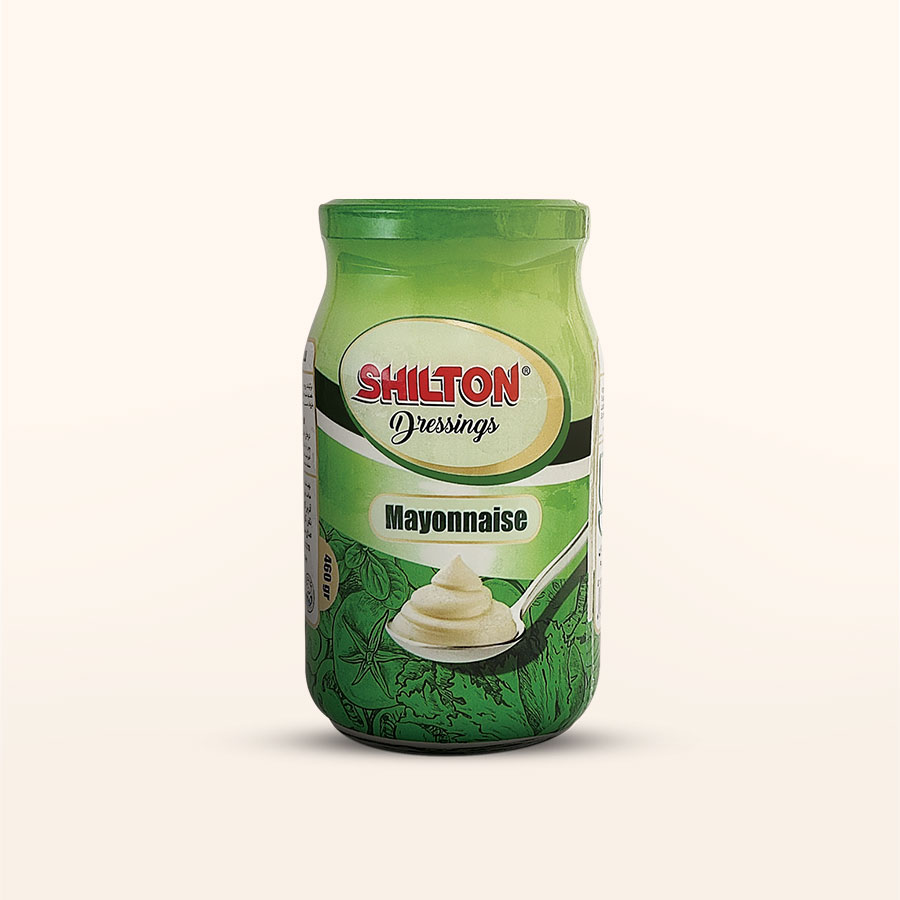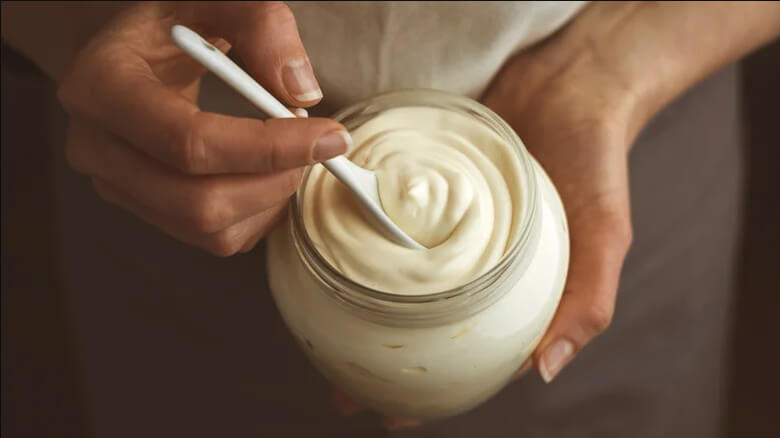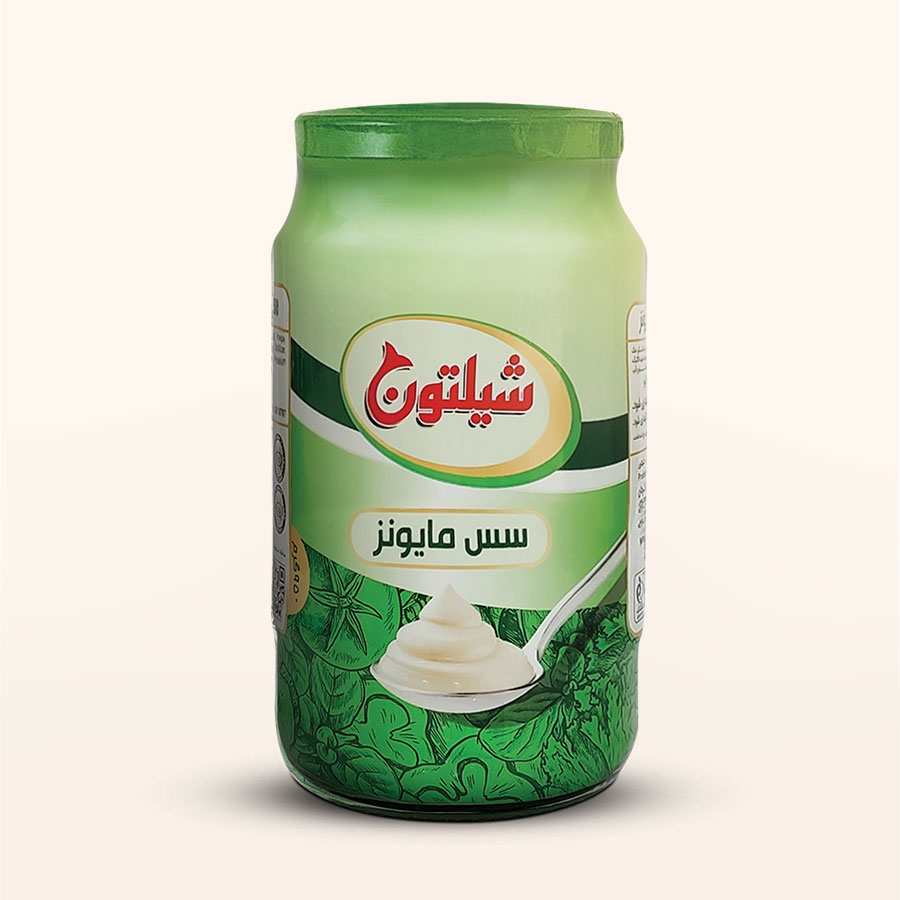
Mayonnaise 460 gr
Compounds
Compounds
انرژی (99/6 کیلوکالری) 100%
قند (0/78 گرم) 100%
چربی (10/05 گرم) 100%
نمک (0.16 گرم) 100%
اسید های چرب ترانس (0 گرم) 100%
Energy (6.99 kcal) 100%
sugar (0.78 grams) 100%
Fat (05.10 grams) 100%
Salt (0.16 grams) 100%
Trans Fat (0 g) 100%
Mayonnaise is often made from a combination of oil, eggs, spices, and a variety of other ingredients. It is used as a thickening and flavoring dressing for sandwiches, salads, and other foods. Mayonnaise is often used with cold foods such as cold salads, fish, and sandwiches. There are conflicting stories about the origin of this sauce, with many experts believing that it was first made in France in 1756 as a mixture of egg yolks and oil. In 1756, the Duke de Richelieu was fighting the British in the port of Mahon in Minorca when his chef mixed oil with eggs for the first time. The chef intended to make a creamy sauce. However, he found that the kitchen lacked the necessary dairy, so he substituted oil to create a milky sauce. It was named after the Duke’s victory in the Battle of Mahon. Mayonnaise was first commercially available in glass containers in Philadelphia in 1907. Around the same time, Nina Hellmann, a German immigrant in New York, developed a sauce to increase sales of sandwiches at her husband’s shop. Hellmann used the sauce in place of butter on her sandwiches. She gradually diversified the flavors of her sauce and in 1912, she opened a sauce factory in the United States. it is also said that this sauce was first made by the French chefs. Some say that this sauce is similar to the mixture that was prepared in ancient Rome from a mixture of olive oil and eggs and is offered in this form these days.

Mayonnaise is 80% vegetable oil. It is usually made from soybean oil and, to a lesser extent, olive oil and sunflower oil. The amount water in mayonnaise is 7 or 8% and the amount egg yolk is about 6%. The vinegar content is about 4% and salt and sugar are 1%. In some methods of producing mayonnaise, egg whites are also used. The ratio of ingredients in this case and in dietary and vegetarian types of mayonnaise varies. The calorie content of mayonnaise is on average 700 kcal per 100 grams, making it a high-calorie food. Egg-free mayonnaise is also available to produce a cholesterol-free product that is also suitable for vegetarians and those with egg allergies.
We are told that mayonnaise should be refrigerated after opening, but if mayonnaise is accidentally left out of the refrigerator, it can cause food poisoning. Is unrefrigerated mayonnaise really dangerous? It is said to be best kept at room temperature, as commercial brands contain pasteurized eggs and stabilizers. Accidentally keeping a container of mayonnaise outside the refrigerator will not cause it to spoil, as the acids in the vinegar will prevent the growth of bacteria in the condiment. However, it is always best to store mayonnaise in the refrigerator.
Adding mayonnaise to your protein will turn a casual weekend dinner into something your family will think took hours to make. This is the condiment to use on baked chicken, beef, and fish. Since mayonnaise has a base of oil and water, emulsification turns the fat into microscopic droplets that disperse in water, preventing them from coming back together.
Shilton’s mayonnaise is produced in different flavors and weights, the low-fat or full-fat mayonnaise can give your salads and dishes a fresh flavor, and the chili mayonnaise will turn your meal into an unforgettable lunch.









Comments :